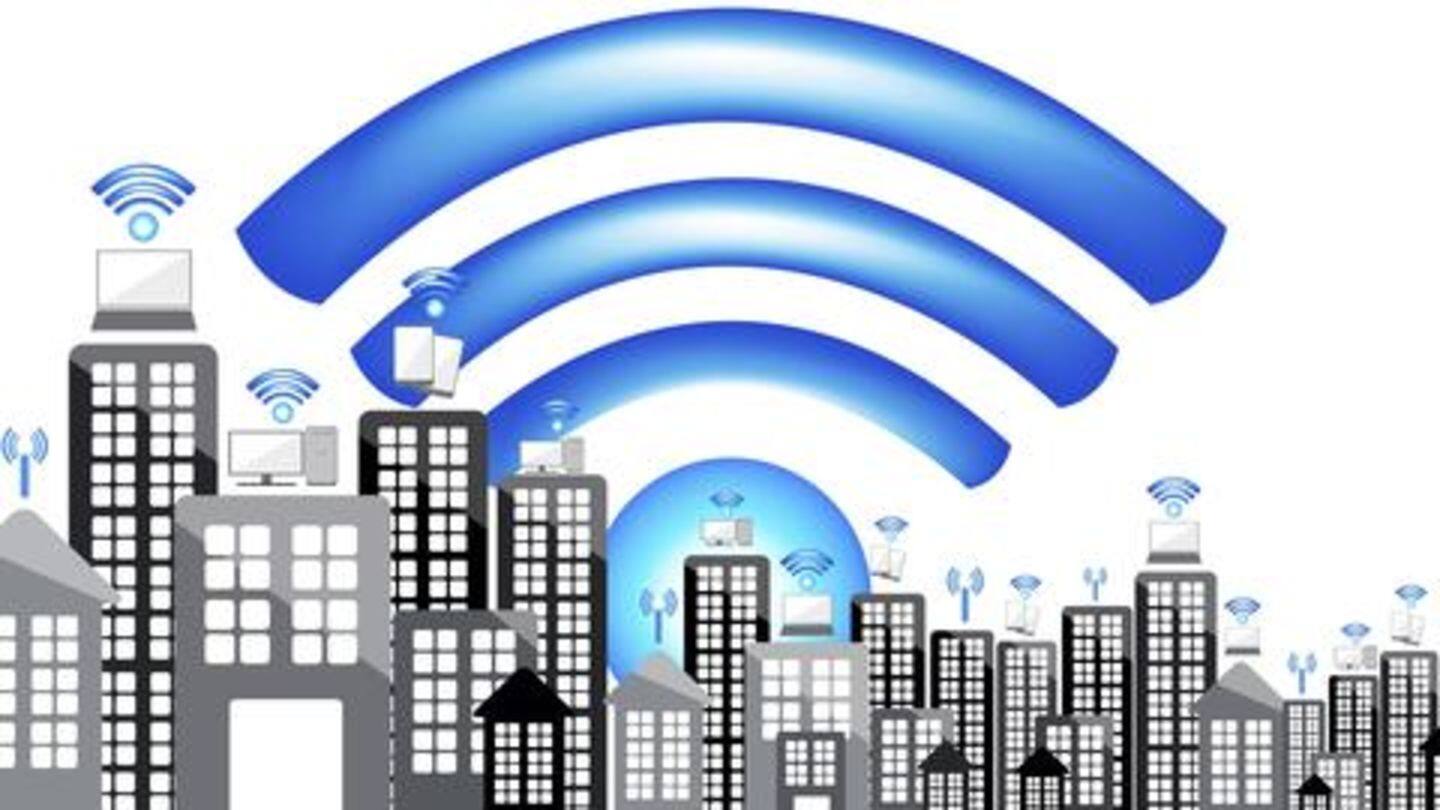
Want to boost your Wi-Fi? Here are 5 easy ways
What's the story
Goes without saying, Wi-Fi connectivity makes internet access simpler, but at the same time, it can also be plagued by several issues. Be it bad reception or something else, slow Wi-Fi can frustrate even the coolest-headed individuals, creating sudden bouts of rage. However, there are some easy ways to tackle the problem and boost your home Wi-Fi. Let's take a look.
Tip #1
Pick the right place to position your Wi-Fi router
As Wi-Fi speeds depend on router's signals, make sure that your equipment is placed at the center of your home for equal signal distribution. Also, make sure that the router is kept high up in the open and not behind the door of some cabinet on the floor. Wi-Fi signals tend to move downwards and obstructions can affect the coverage, cutting speeds by half.
Tip #2
Also, re-position the antennae
Along with the router's placement, you should also check the orientation of antennae. According to an Apple engineer, signal reception is maximized if the transmitter and receiver are pointing along the same plane. This can be achieved by placing antennae perpendicular to each other - one pointing upwards and other lying flat out - or placing the whole device horizontally/vertically to see what's working.
Tip #3
Switch to 5GHz spectrum
By default, most routers operate at 2.4GHz, a frequency which many wireless peripherals and home electronics appliances like microwaves use. This way, the 2.4GHz spectrum can get crowded and affect the resultant signal strength and speed. However, you can tackle this by checking the settings of your router in the administrator panel and switching the operating frequency to 5GHz, if that option is available.
Tip #4
Use home-made wireless signal reflector
You can also make a parabolic signal reflector to boost the wireless signals from your Wi-Fi router. This, as Gizmodo reported, can be done by folding an aluminum foil into a parabola or cutting it out of an aluminum can. The resulting add-on tool can definitely boost your router's Wi-Fi signal, sometimes even more than expected.
Tip #5
Try updating the router's firmware, hardware
Finally, try updating your router's firmware and check if the device you use supports the internet speeds you get from your ISP. Wireless technology has changed a lot over the years and many routers - mostly those over 5 years old - do not support high speed. So, compare your router's capabilities with your internet package and update it, if required.